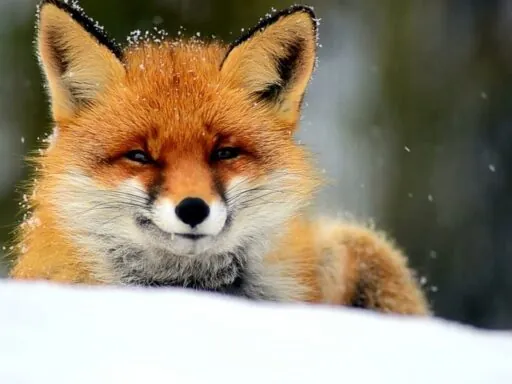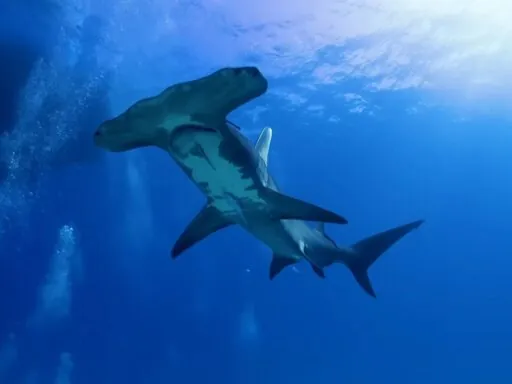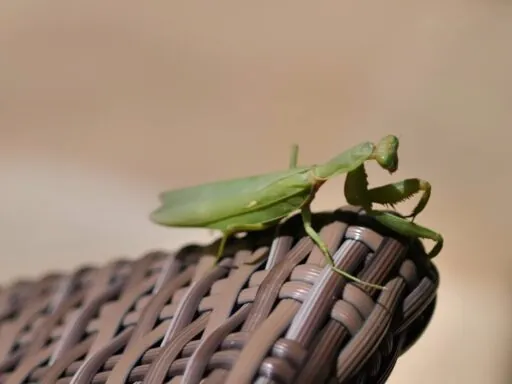What is the deadliest snake in the world? If you’re curious about the most dangerous serpents out there, you’re in for a wild ride! Some snakes have venom so deadly that just one bite can stop a heart in minutes. From the shadows of the jungle to the heat of the desert, these slithering predators are masters of stealth and power. In this article, we’ll reveal the top 10 deadliest snakes in the world. Are you ready to meet these fearsome creatures? Let’s dive in and find out what makes these snakes so terrifying!
1. Inland Taipan
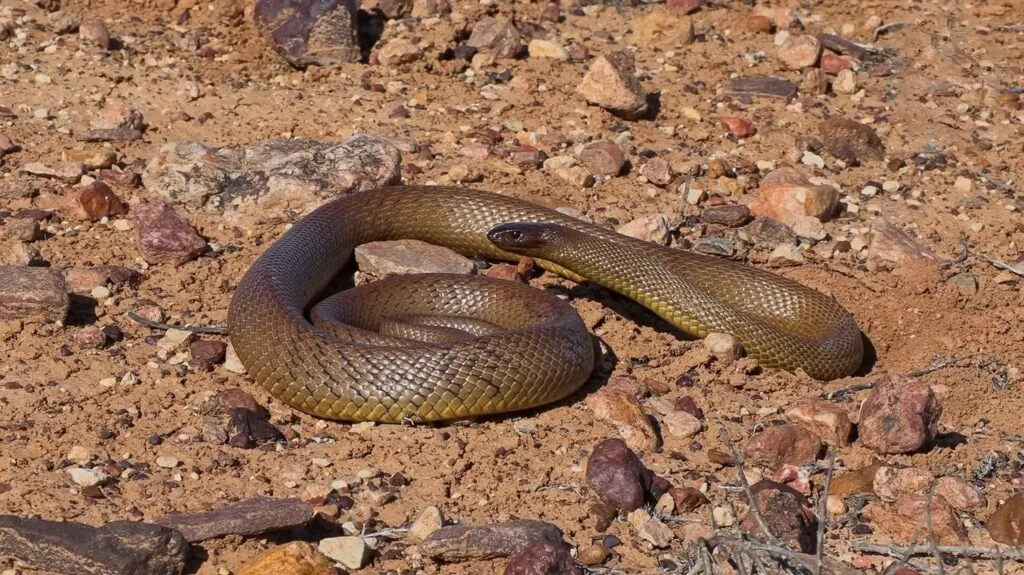
The Inland Taipan, also called the “fierce snake,” holds the title of the most venomous snake in the world. A single bite contains enough venom to kill over 100 people. It is usually around 1.8 to 2.5 meters long, with some growing up to 3 meters. Despite its deadly venom, it is quite shy and lives in remote areas of central Australia, so encounters with humans are rare. Interestingly, Indian Taipan, one of the top 10 venomous snakes in the world, can change color depending on the season – darker in winter to absorb heat and lighter in summer to reflect it, an adaptation to its harsh desert environment.
2. Eastern Brown Snake
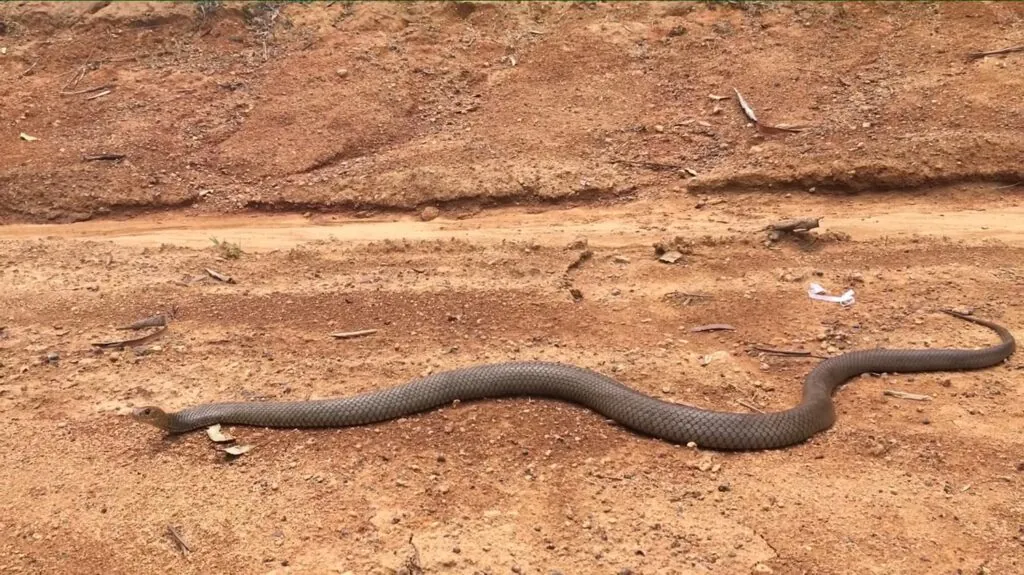
The Eastern Brown Snake is one of the most dangerous snakes in Australia. It can grow up to 2 meters long and is very fast. Its venom is extremely toxic, and just a tiny amount can be deadly to humans. Surprisingly, the Eastern Brown Snake is responsible for more snakebite deaths in Australia than any other species. In the face of this, it usually tries to escape from humans rather than attack. This snake lives in a variety of environments, including farms and towns, which is why it often comes into contact with people.
3. Black Mamba
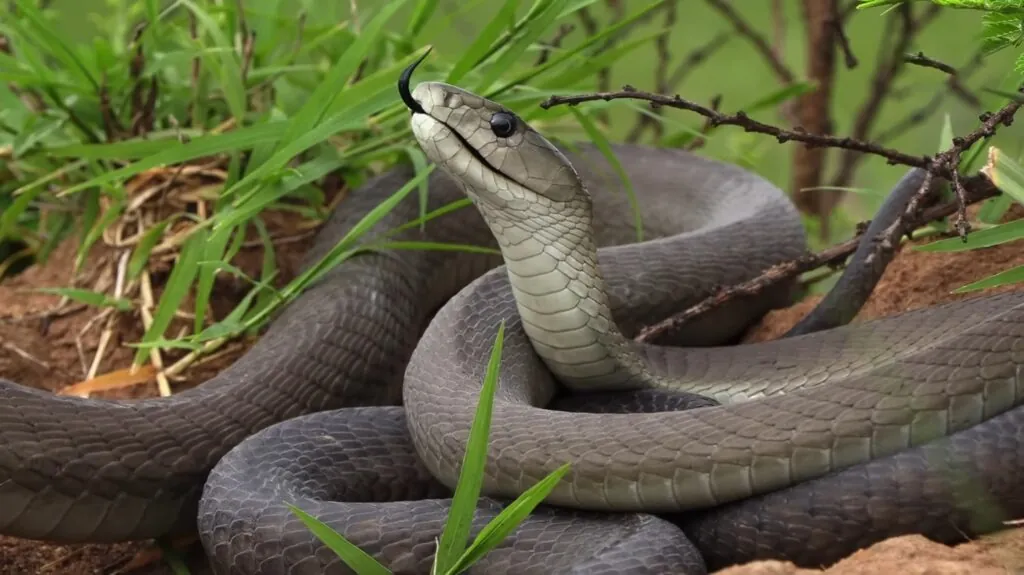
The Black Mamba is one of the top 10 deadliest snakes in the world. It can grow up to 14 feet long, making it the second-longest venomous snake, after the king cobra. Its venom is highly toxic, and just two drops can be fatal to humans. Without treatment, a bite from a Black Mamba has a 100% fatality rate. The venom affects the nervous system, causing paralysis, and can lead to death within 20 minutes to a few hours if not treated with antivenom. Despite its fearsome reputation, Black Mambas are shy and prefer to escape rather than attack when threatened.
4. Saw-Scaled Viper
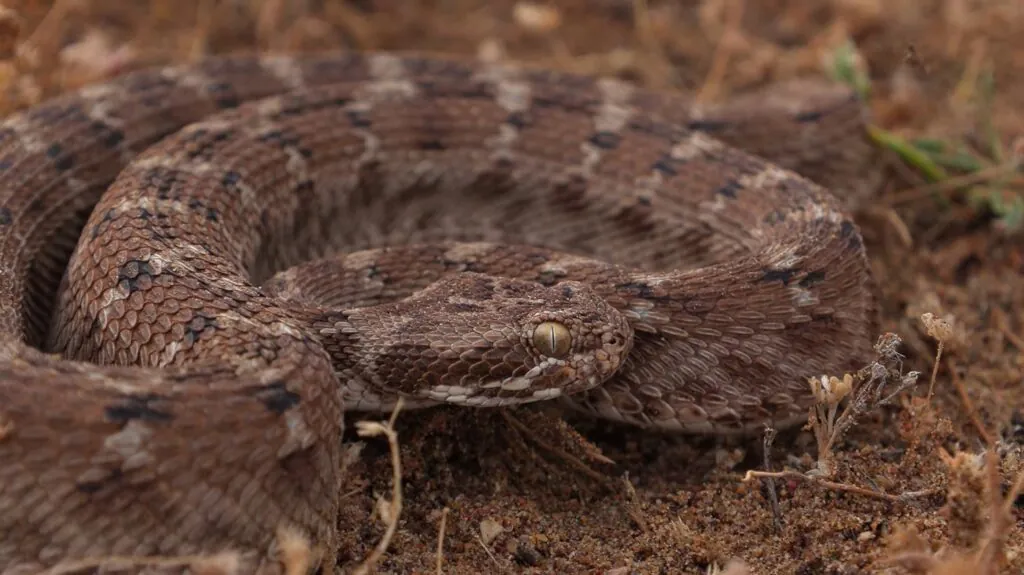
The saw-scaled viper is a small but one of the top 10 dangerous snakes in the world. It can grow between 15 and 31 inches long, with most not exceeding 24 inches. This snake has rough, textured scales and is usually grayish, tan, or brown with lighter markings.
In spite of its small size, the saw-scaled viper is one of the deadliest snakes in the world. It is responsible for more human deaths annually than any other snake species. Its venom contains hemotoxins, which can cause severe tissue damage and internal bleeding. Without quick treatment, a bite can lead to serious complications. These snakes are often found in desert areas and are very active at night. When threatened, they rub their scales together to make a warning sound before striking swiftly.
5. Boomslang
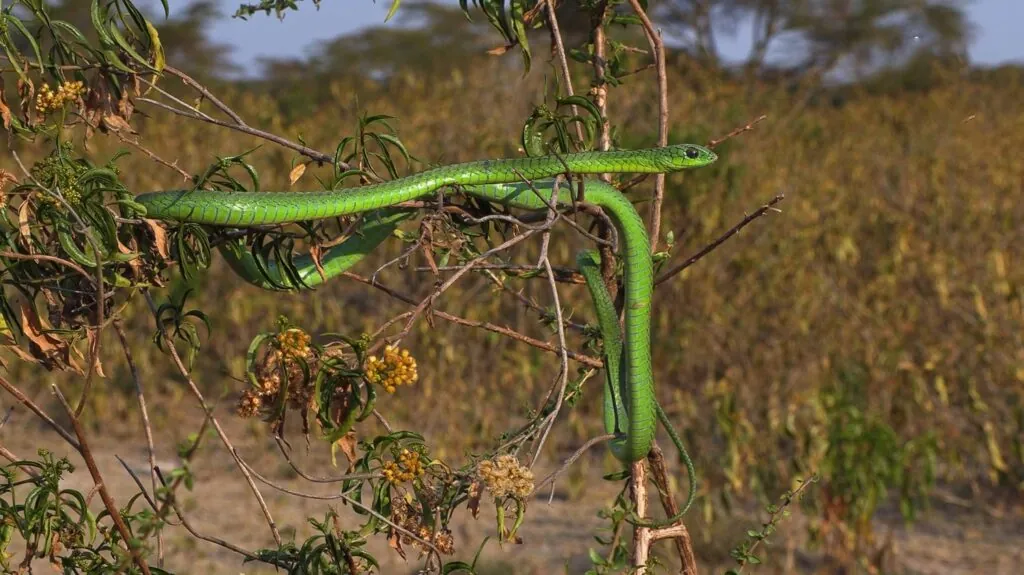
The boomslang, one of the top 10 deadliest snakes in the world, is a tree-dwelling snake found mostly in sub-Saharan Africa. It can grow up to 6 feet long, though it typically averages around 3 to 5 feet. Despite its slender body, this snake is highly venomous. The boomslang’s venom is hemotoxic, meaning it affects the blood’s ability to clot, causing both internal and external bleeding. The venom is slow-acting, so symptoms may not appear until 24 to 48 hours after a bite, but it is still very dangerous.
Interestingly, the boomslang is a rear-fanged snake, which means its fangs are located in the back of its mouth. Although it has these fangs, it can open its mouth up to 170 degrees to deliver a bite. The snake is usually shy and avoids people, only biting when it feels threatened. On the related note, got the scoop of the largest snake in the world?
6. Gaboon Viper
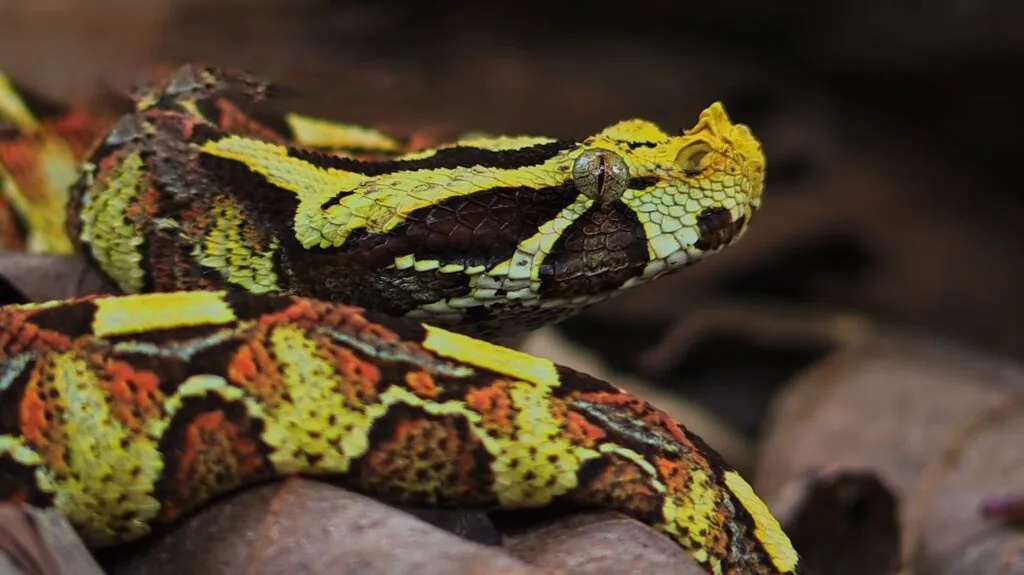
The Gaboon viper is one of the top 10 poisonous snakes in the world due to its size and venom. It is native to the rainforests and savannas of central and western Africa. This snake can grow up to 6 feet long and weigh around 20 pounds, making it one of the heaviest vipers in Africa.
One of the most unique things about the Gaboon viper is its fangs, which can grow up to 2 inches, the longest of any venomous snake. It has a high venom yield, with enough venom in a single bite to potentially kill 30 humans. The venom contains both neurotoxins (affecting the nervous system) and hemotoxins (causing blood damage), which work together to paralyze and break down the blood cells of its prey.
7. Eastern Diamondback Rattlesnake
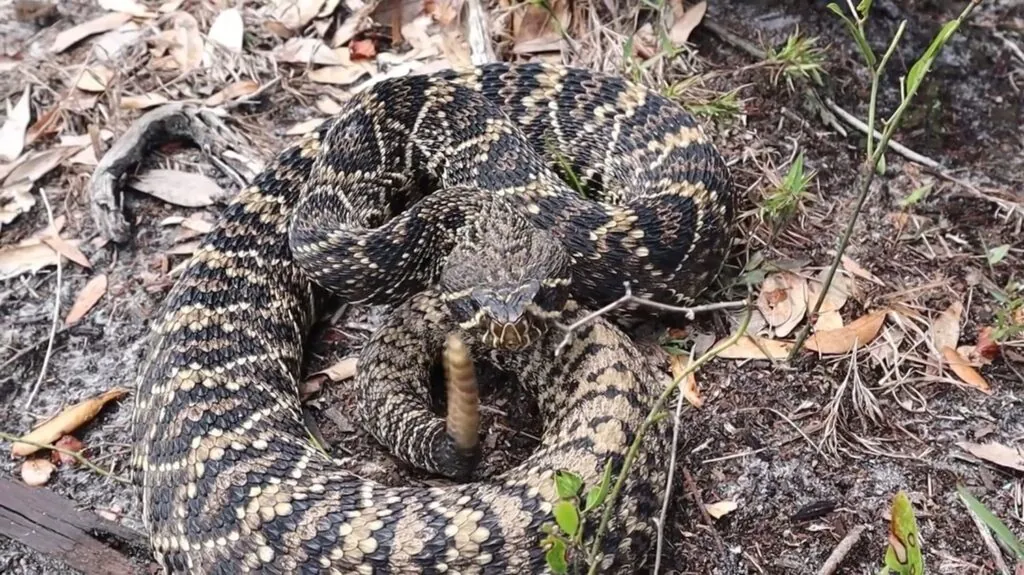
The Eastern Diamondback Rattlesnake is the largest rattlesnake species, typically growing up to 5 to 6 feet long, though some can reach over 7 feet in length. This snake is native to the southeastern United States, especially in forests and coastal plains. It can weigh up to 10 pounds.
Its venom contains hemotoxins, which destroy red blood cells and cause tissue damage. When threatened, it uses its rattle to warn potential threats, but it will strike if provoked. This snake is responsible for some of the most dangerous bites in the U.S., but it typically avoids humans.
8. Mojave Rattlesnake
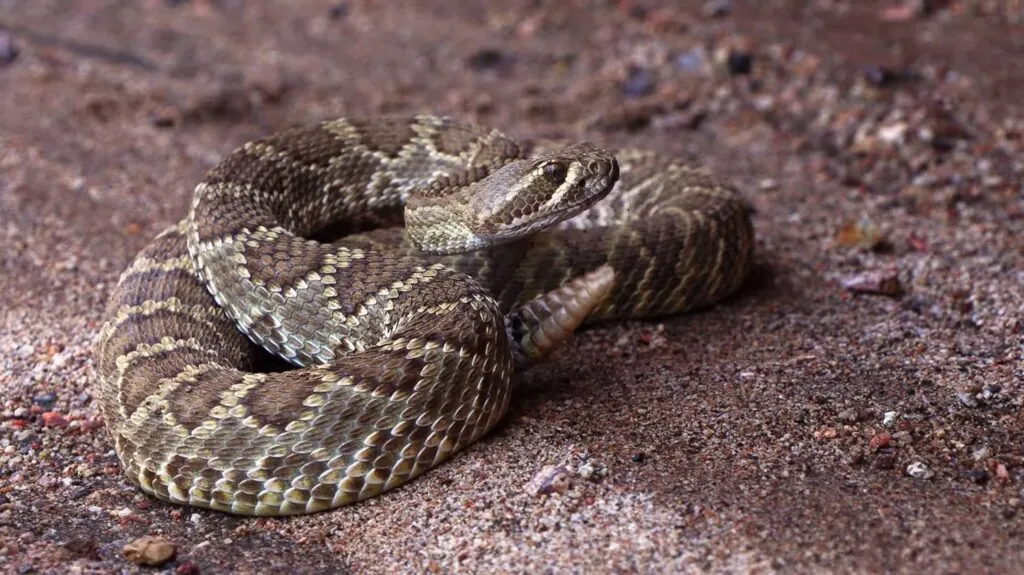
The Mojave Rattlesnake, also known as Crotalus scutulatus, is one of the most venomous rattlesnakes in the world. It lives in the deserts of the southwestern United States and Mexico. The snake’s venom is unique because it can have two different types: neurotoxic and hemotoxic. Neurotoxic venom affects the nervous system, while hemotoxic venom causes internal bleeding. This makes the Mojave Rattlesnake’s bite especially dangerous.
In terms of size, Mojave Rattlesnakes, one of the top 10 deadliest snakes in the world, usually grow between 3 to 4 feet long, but they can reach up to 4.5 feet. They are light brown or greenish, with dark diamond patterns on their back. The snake is not aggressive by nature but will defend itself if threatened.
9. Cottonmouth Moccasin
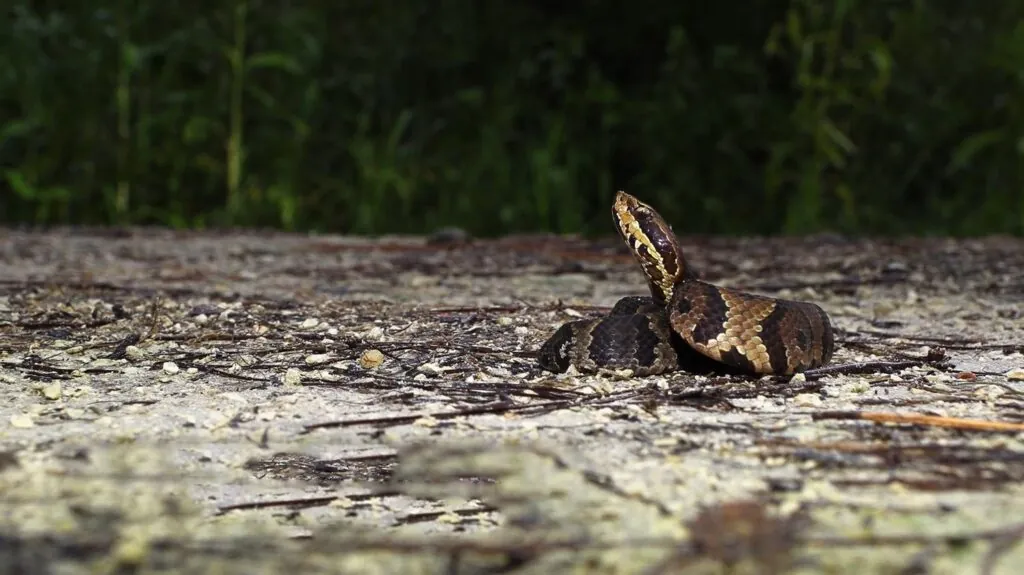
The Cottonmouth Moccasin, also known as the water moccasin, is a venomous snake found in the southeastern United States. It can grow up to 4 feet long, though some reach lengths of nearly 6 feet. This snake is known for its aggressive behavior when threatened, often showing its fangs in a dramatic display. Its venom contains hemotoxins that can destroy tissue and cause severe pain. Regardless of its reputation, the Cottonmouth usually avoids humans. However, its bite can be very serious, leading to potential muscle damage and even death if untreated.
10. Olive Sea Snake
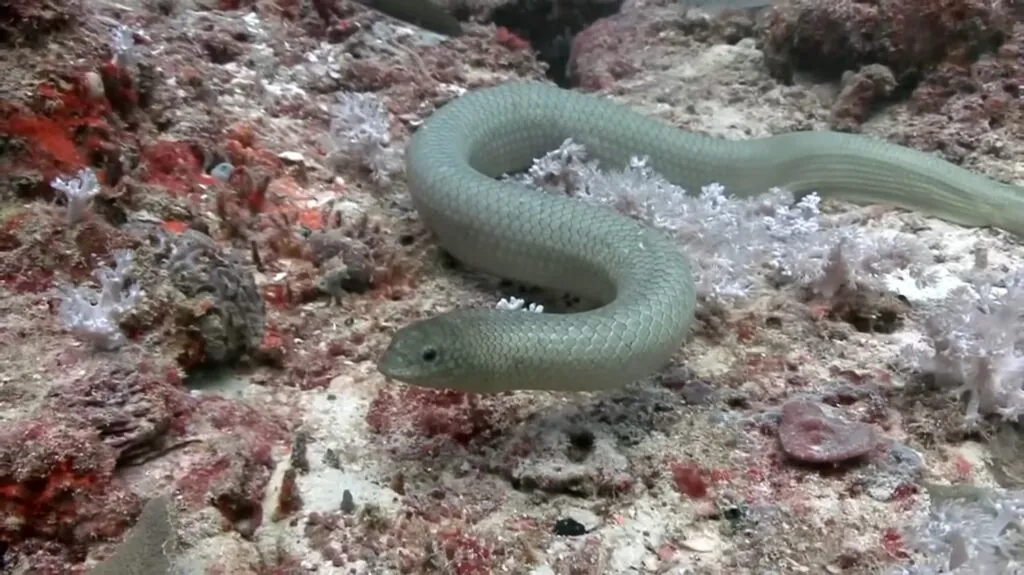
The Olive Sea Snake is among the most venomous sea snakes. It can grow up to 6 feet long and has an olive-brown color. Found in warm waters around coral reefs, it often interacts with divers due to its curious nature. Despite its strong venom, which is even more potent than many land snakes, it rarely bites humans. However, when it does bite, the venom can cause muscle pain, kidney failure, and even death. They are mostly active at night, hunting fish and small marine creatures.
In conclusion, the top 10 deadliest snakes in the world are distinguished by a combination of factors including venom potency, aggressiveness, and potential for human interaction. These snakes possess venom that can cause severe physiological damage or death if not treated promptly. Their dangerous reputation is often a result of their highly toxic venom, which can be neurotoxic, hemotoxic, or a combination of both.

